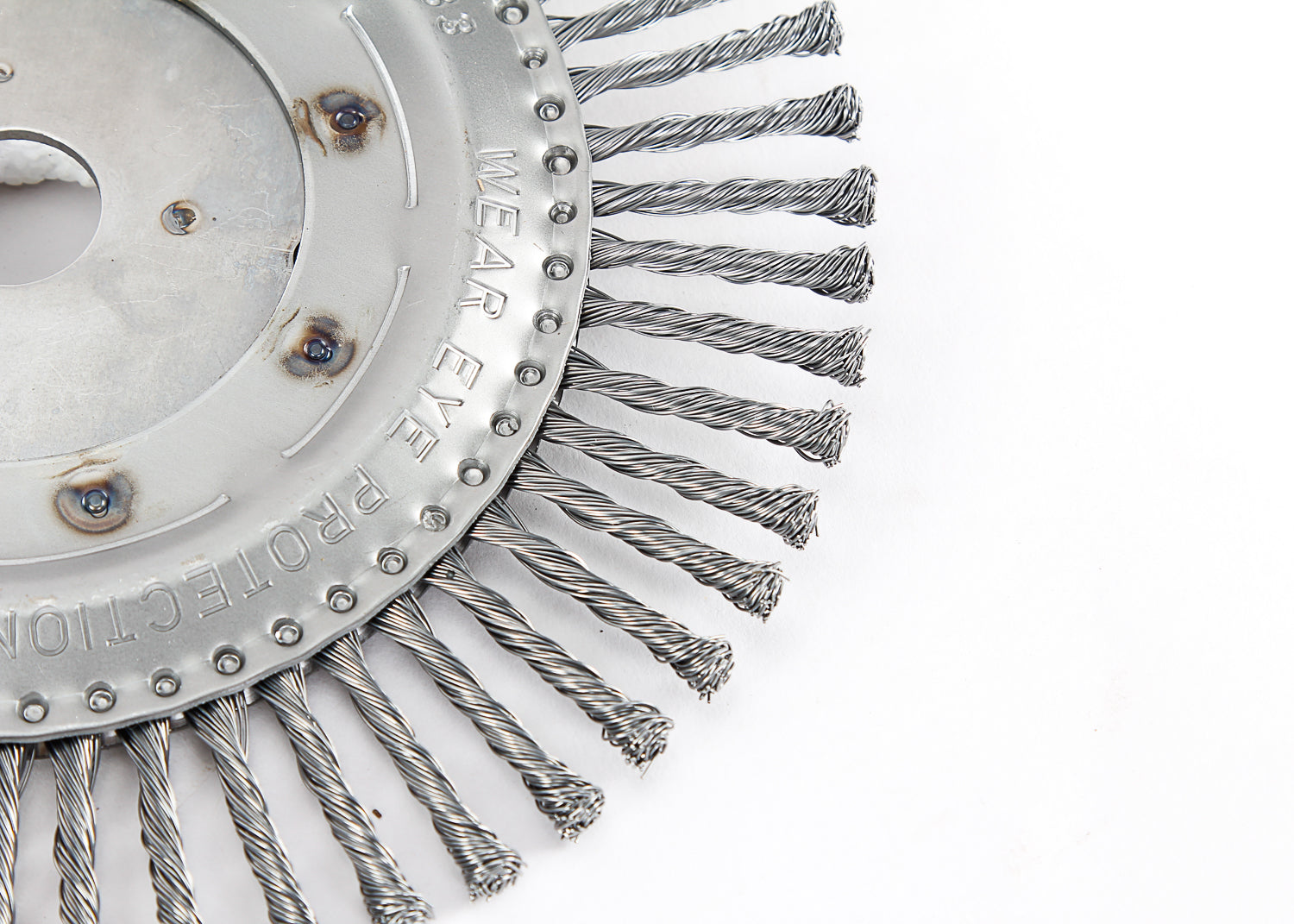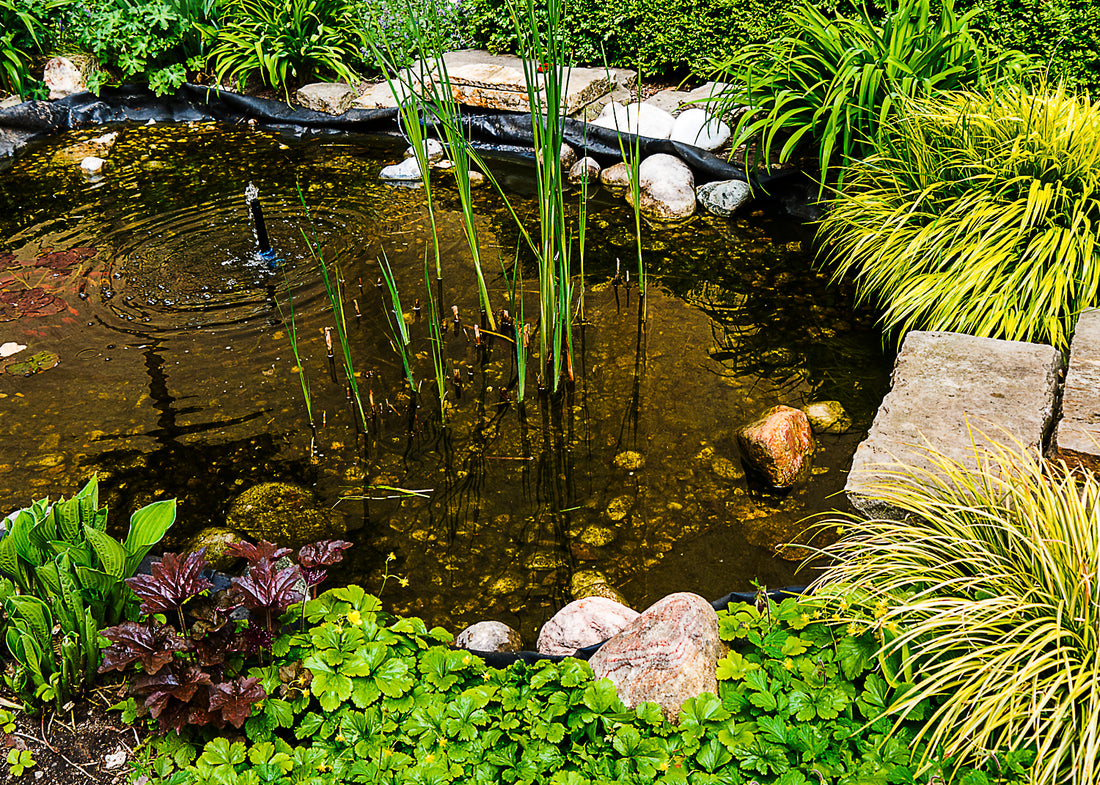One of the best things you can do for wildlife is to add a pond, whatever the size of your garden. As many of our natural ponds in the UK have disappeared, garden ponds are becoming more important for the ecological system. Ponds will attract natural predators such as frogs, toads and newts and some will even overwinter. These take care of pests such as weevils, slugs and snails so that you do not need to resort to chemicals or pellets which can be fatal to wildlife and pets and, like our nematodes, will contribute to natural garden pest control.
Winter is an ideal time to start planning your pond so that it has time to settle before the following spring. Here are some tips for you when building your own garden pond.

Tips when making a garden pond.
- Choose a location with light, but not full sunlight all day. Keep away from trees or you will be fishing out dead leaves in the autumn and the roots may damage the pond container.
- If you have children or pets, fence off the area for safety.
- Use a watertight container such as a bucket or tin bath which is at least 3 feet wide to accommodate different depths. If not watertight, add a durable pond liner. The material should be able to withstand variations in temperature. You can also use a reputable underlay if digging a hole directly in the ground.
- Whilst the container can stand proud of the floor, more creatures will have access if level with the ground, so dig a suitable hole. If this is not possible, add a ramp with bricks, stones or logs.
- Add a layer of gravel and stones. Do not use soil as this will make the pond go green. Ensure that there are different layers and a slope for creatures to get in and out. Plants will prefer shallow areas and animals like to hide in deeper areas.
- Use rainwater if possible. Wait at least 48 hours after filling with tap water before trimming the liner or adding any plants so that the pond will settle and chlorine from tap water will have evaporated.
- Add aquatic plants such as flag irises and marsh marigold. Include oxygenating plants. Most aquatic plants will come in special mesh pots. Do not choose too many plants or ones that will spread too far, depending on the size of your pond. Over time, the plants and wildlife will keep the water clear.

